Green Campus
St Stithians leads South African schools in the preservation of the environment
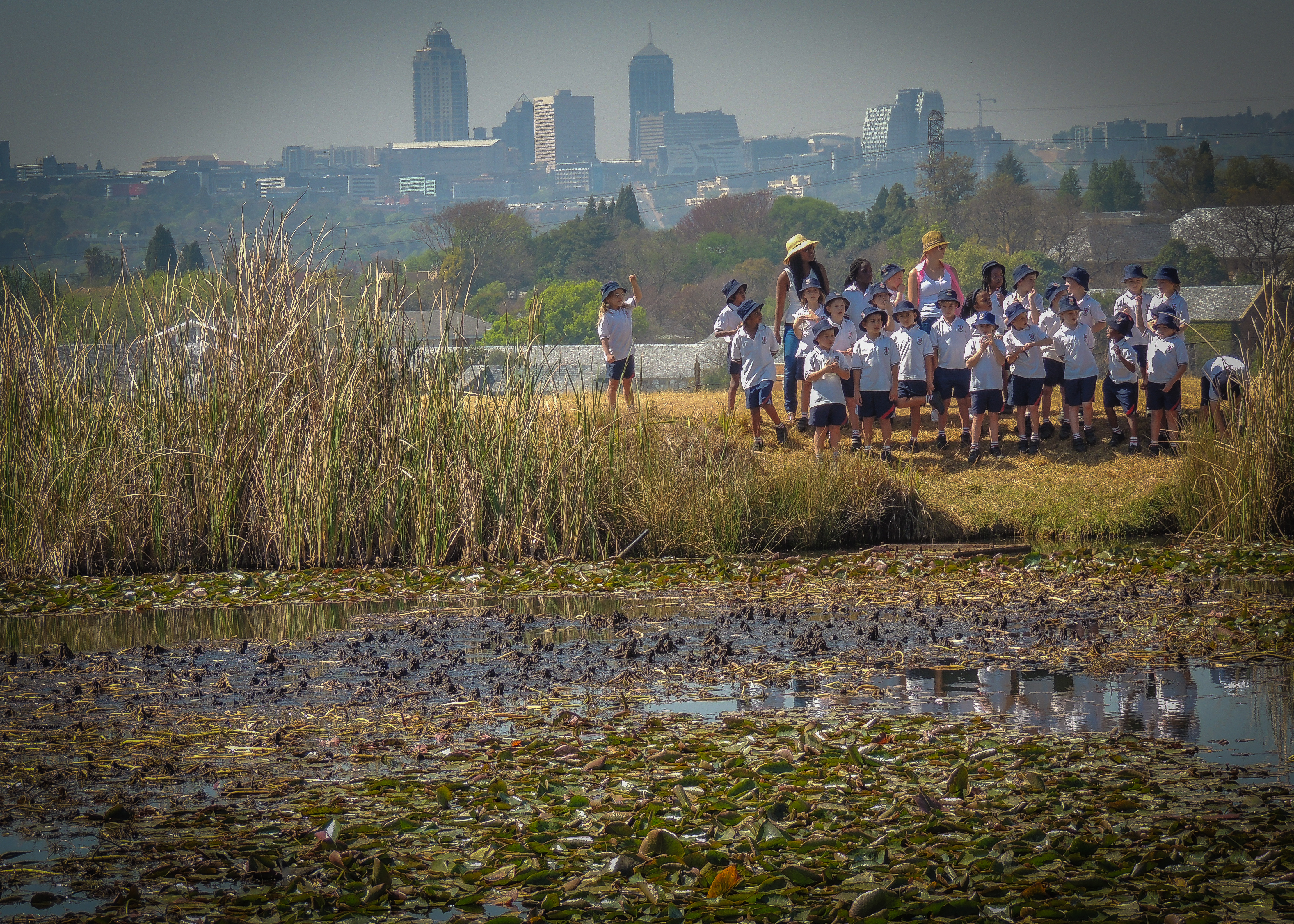
Not only is the College preserving our precious resources, but there is a dedicated, proactive strategy to be as carbon neutral as possible. It is well on its way to achieving this goal, while at the same time educating the Saints scholars to take these initiatives into their own daily lives.
From the ongoing removal of alien growth (mostly blue gums and black wattle) and the replanting of in the region of 15 000 indigenous trees, to the cleaning – and subsequent custodianship – of the William Nicol Bird Sanctuary, Saints has shown that it is possible for every school to contribute to the health and welfare of its scholars. Our Saints Campus Tree Index can be viewed here.
Much of the school grounds have been enticed back to their natural state, and visitors to the beautiful Nature Trail created within the grounds, feel as if they are out in the wild. Birds are in abundance and recent sightings of herons, honey buzzards, sparrowhawks and a magnificent long-crested eagle bear witness to the success of the venture. A bat hotel and owl boxes encourage permanent residents! In addition, the Western Ridge is a protected site which is of important ecological significance for the area. The nature of this protected site can be viewed here.
However, it is in the fight against the College’s carbon footprint that Saints deserves its accolades, having been awarded the prestigious Platinum Green Flag status, which highlights its involvement in greening initiatives, not only within the school, but also within the community.
From solar water geysers and heat pumps, to the saving of approximately R400 000 per annum on lighting bills through the installation of eco-friendly light fittings, the efforts are certainly paying dividends, not only in the reduction of carbon but also to its running costs! The change in billing from Demand to Time of Use alone will show a potential saving of up to R50 000 per month!
Saints recognised the importance of water years ago, and instigated a regular water consumption audit. Its impact on water use has been reduced dramatically with the installation of an advanced pressure management control system, a new pressure-reducing valve, a ring main to balance water reticulation during peak demand and an Aqua Trip leak detection system in all toilet blocks on campus. Waterless urinals have had a huge impact. A water tank at the ablution block on the Ridgeway Field captures all the rainwater, which is then pumped into the toilets and used for flushing.
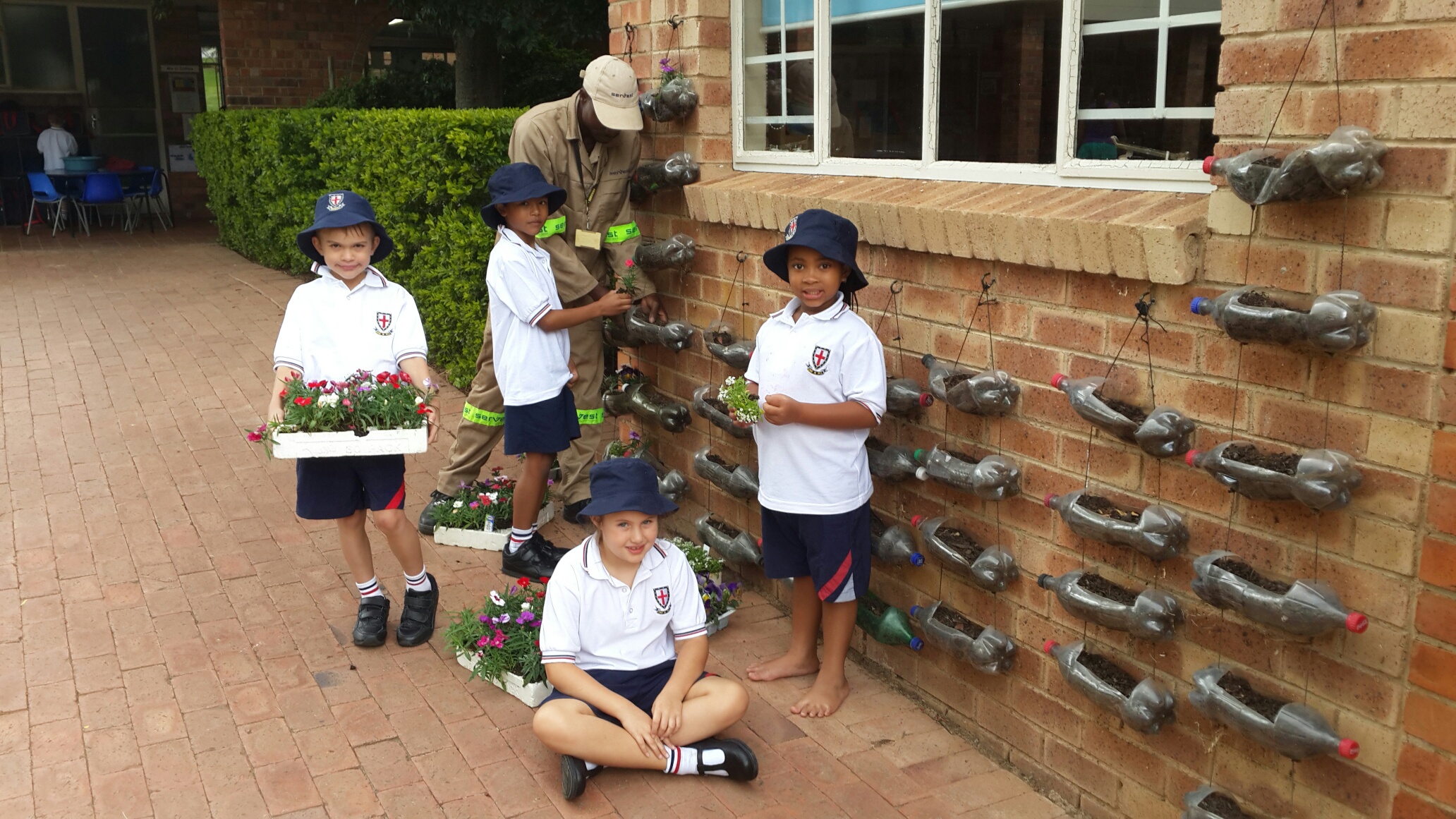
Vegetable gardens feed not only the boarding schools, but also the lower-income staff. The sophisticated on-site recycling depot is managed by an entrepreneur who came to the school looking for work four years ago; polystyrene containers are used to make lap desktops for under-privileged schools/students; and the Bottle to Build project meant the changing of round juice and water bottles to square – these are used to build classrooms in under-privileged areas.
Through all of this, the education of our future generations is uppermost in the minds of the Saints’ teachers, and pupils of all ages are encouraged to learn and take part.
And don’t think that our intrepid carbon warriors are resting on their laurels! Future plans include a black water treatment plant, photovoltaic power-generating plants, and the replacement of kikuyu grasses with indigenous grasses among other exciting, innovative ideas. To read more about greening, follow the link to our sustainability presentation.
St Stithians can be justifiably proud of the leadership role they have taken, not only in their determined effort to reduce their carbon footprint, but also in the knowledge that they are preparing the way for future generations to preserve their environment.
Environmental Projects
The Owl Feeding Camera
The Owl Feeding Cam was set up by on our St Stithians Campus by Boys’ College alumnus Mark Tatham. Mark is the producer and presenter of a wildlife channel on YouTube called The Bundu Basher. St Stithians College has partnered with The Bundu Basher and an organisation called Friends of Free Wildlife to bring this live cam to life.
In June four baby Barn Owls were rescued by Friends of Free Wildlife out in Vereeniging. Without their parents the owls would have died within days. They were taken in and rehabilitated to the point where they were able to enter an owl box on the St Stithians property. They were kept in this box for a few days and fed a daily support feed to keep them healthy while they got used to their surroundings. They were then officially released onto Saints property under the supervision of Courtney Watson, Head of the St Stithians College Environmental Committee.
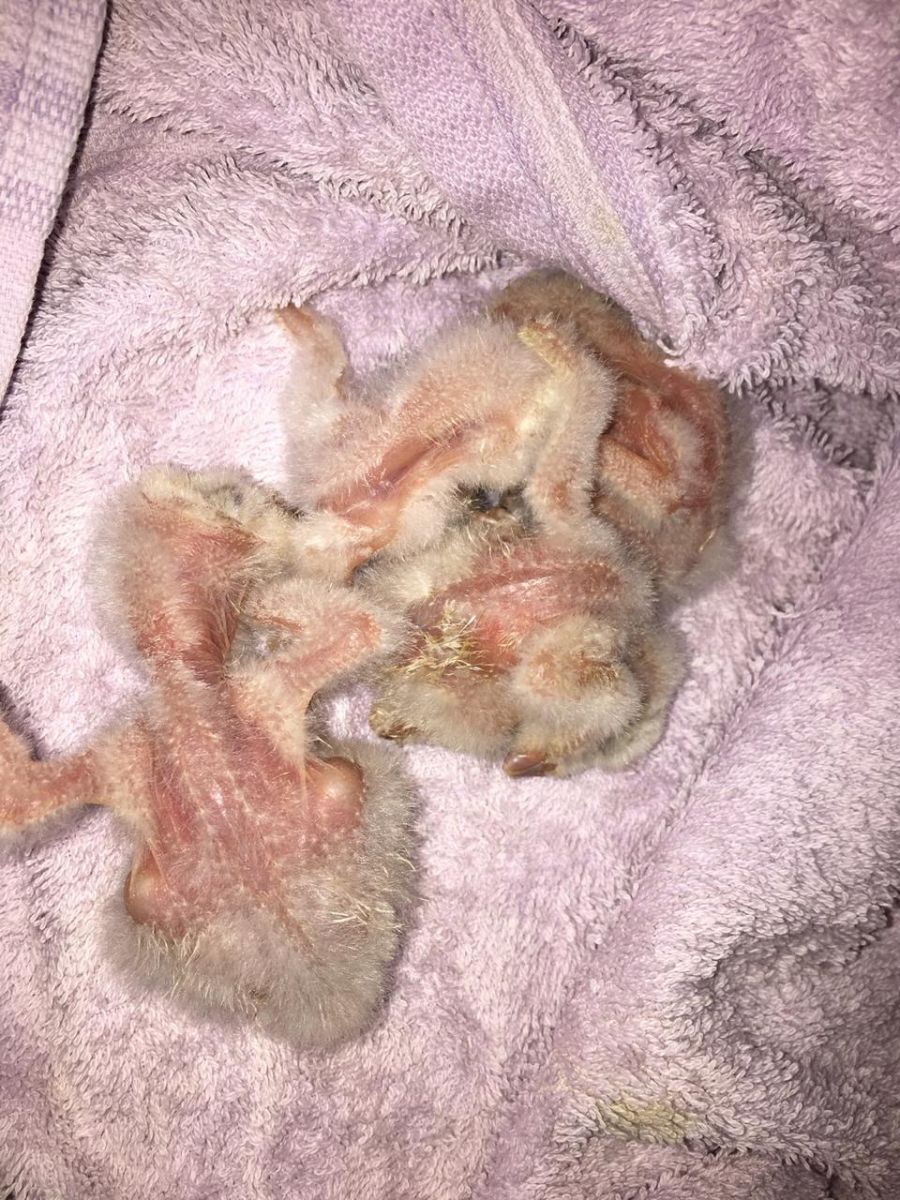
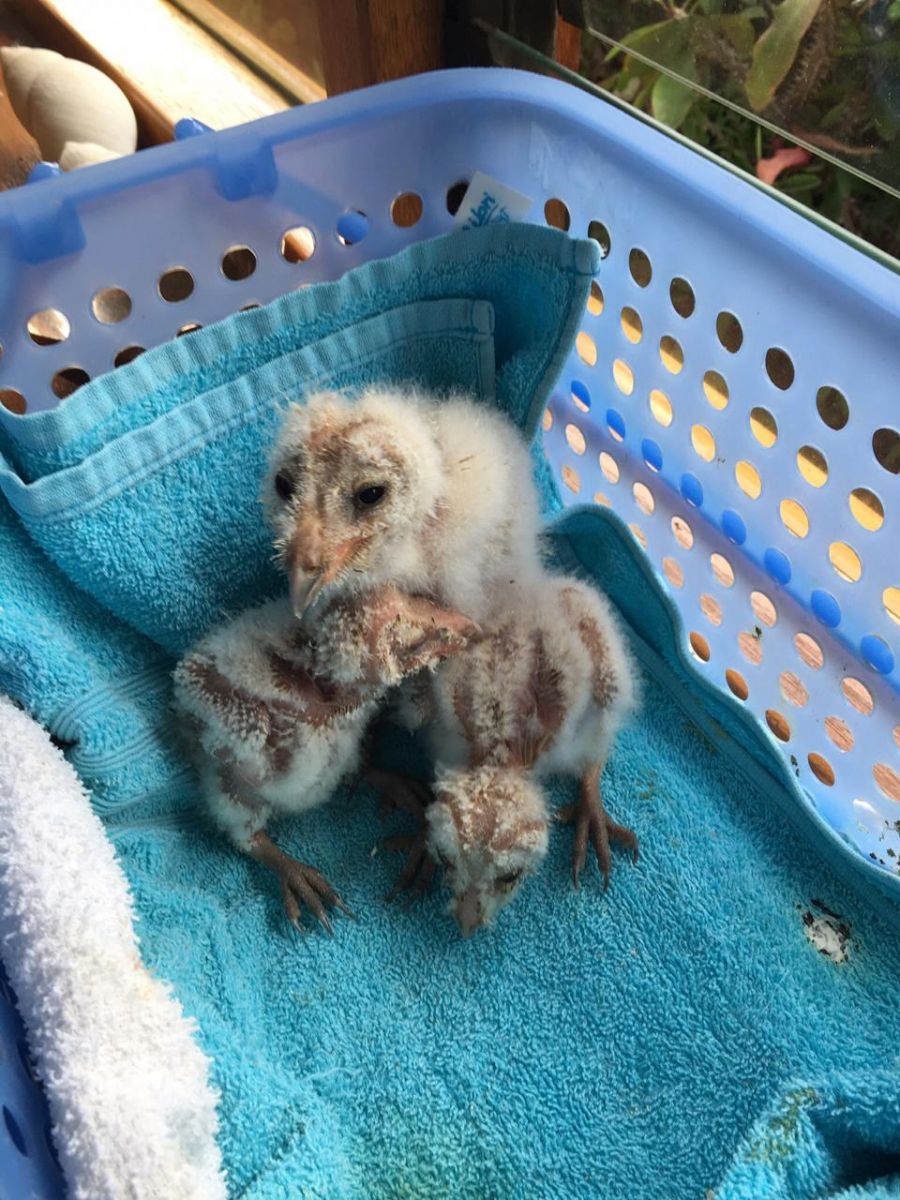
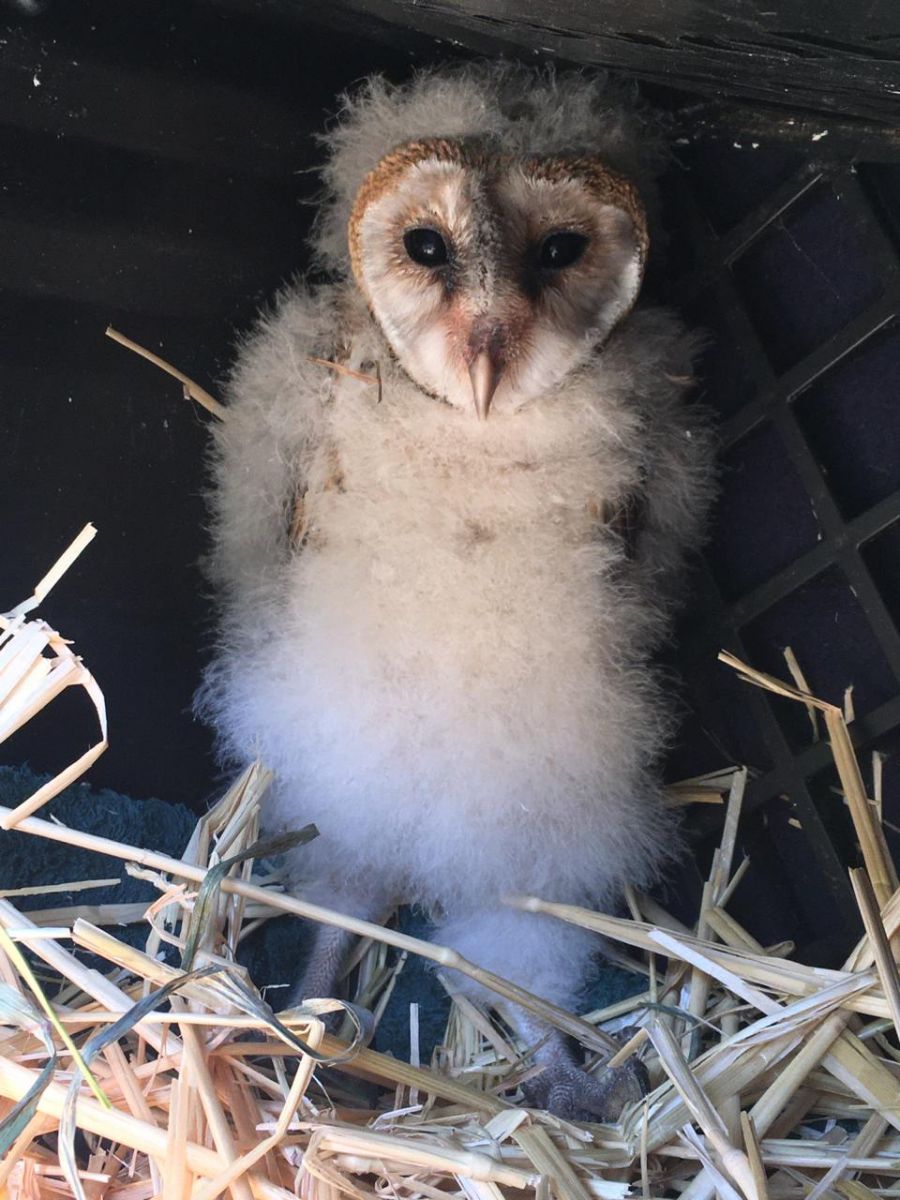

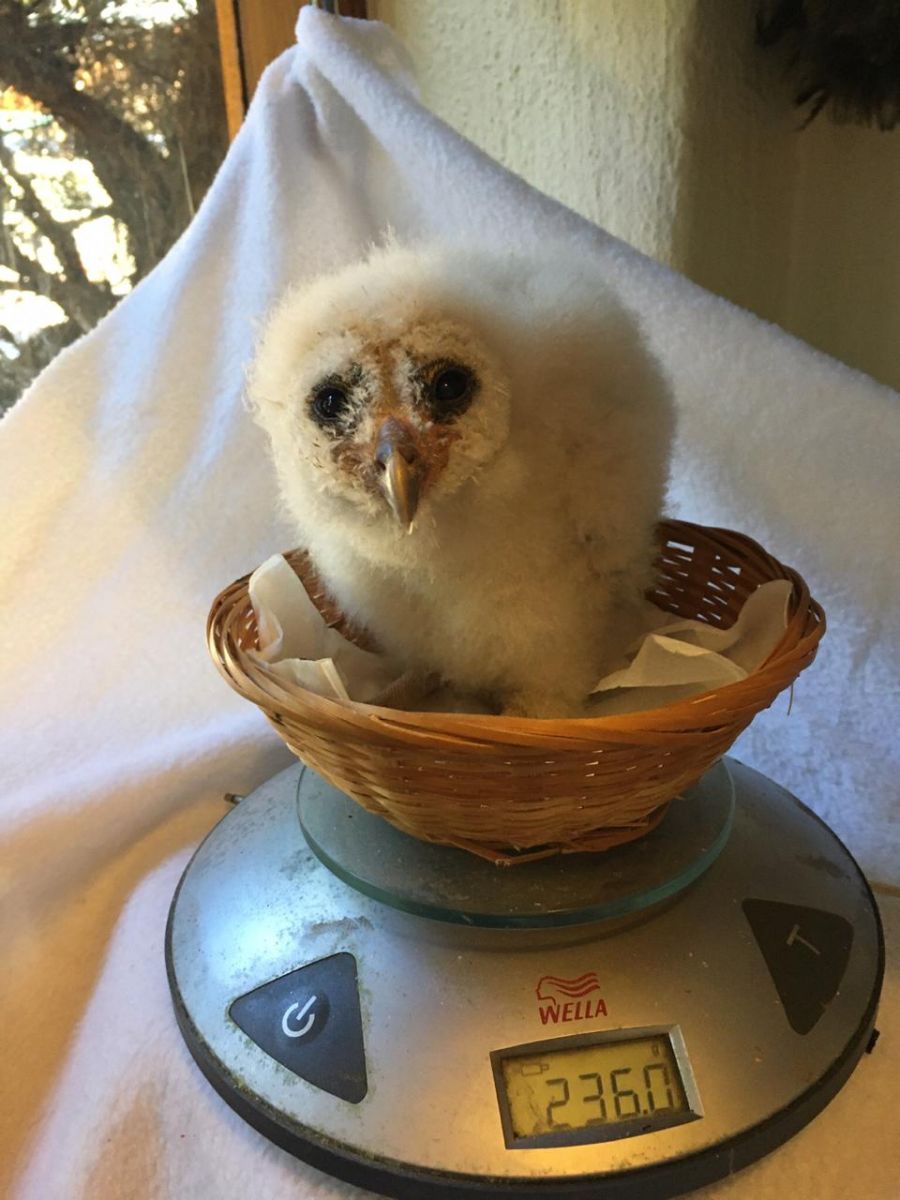
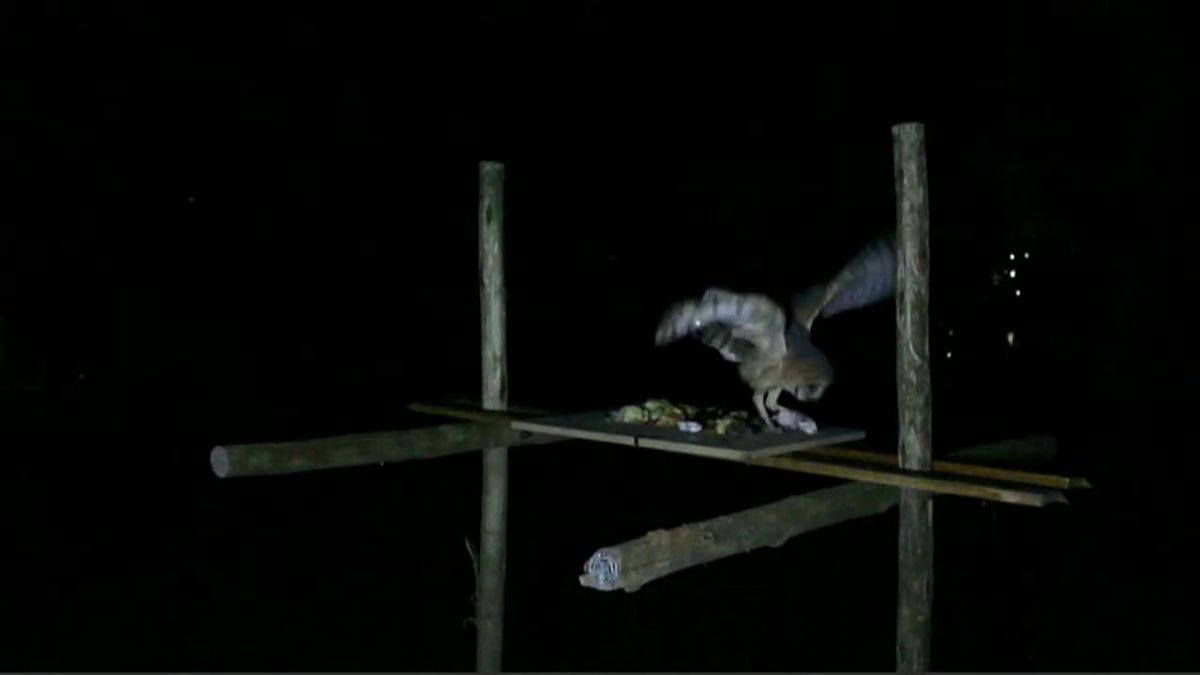
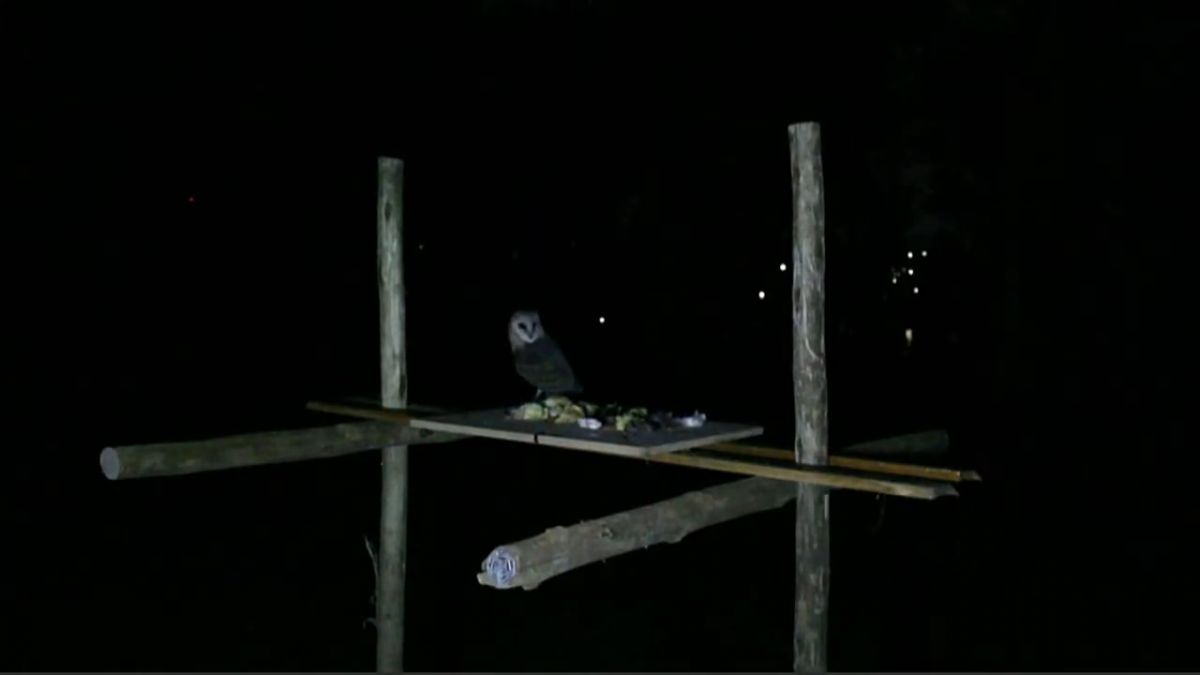
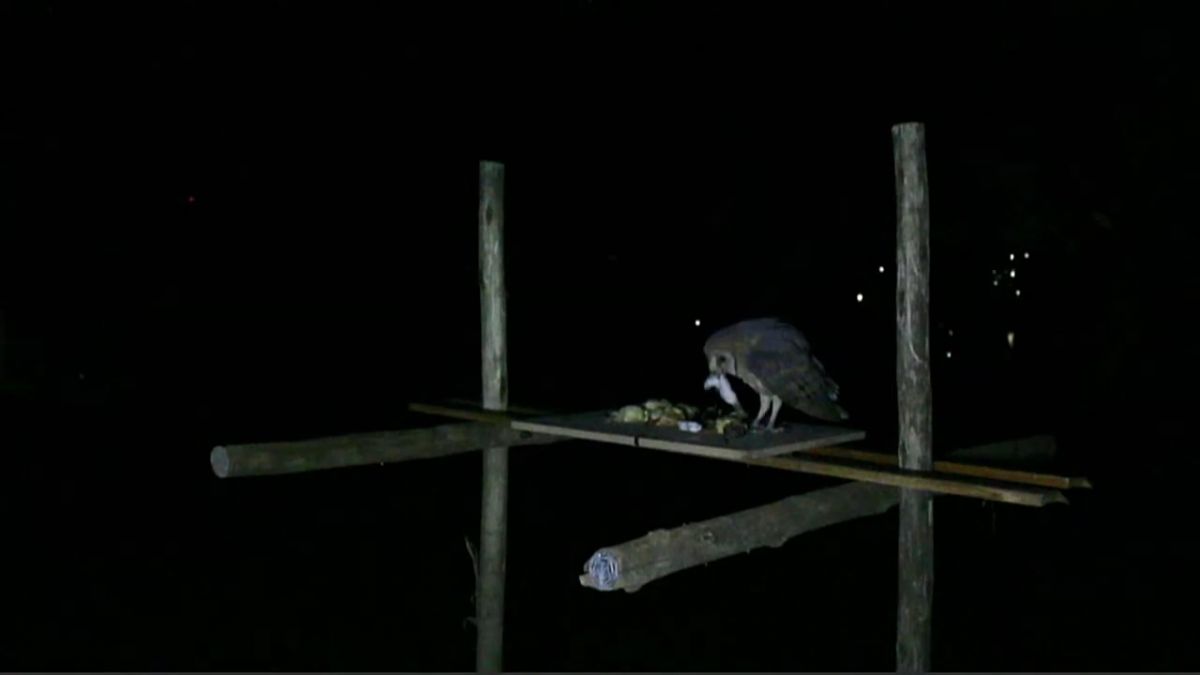
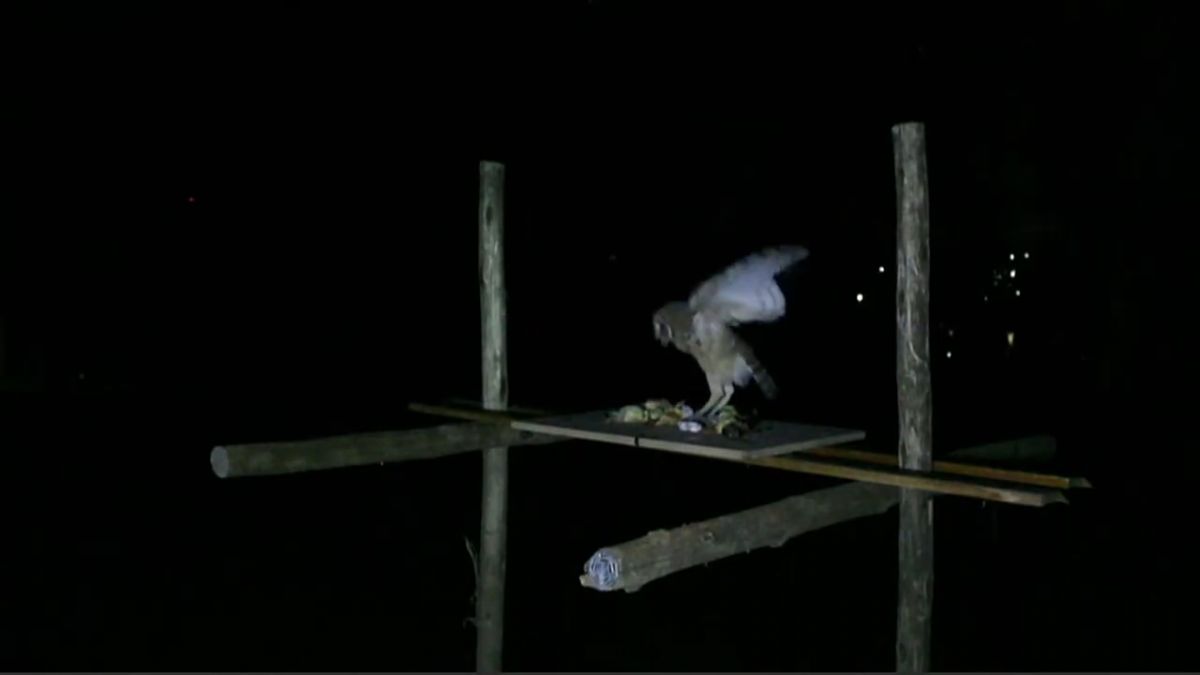
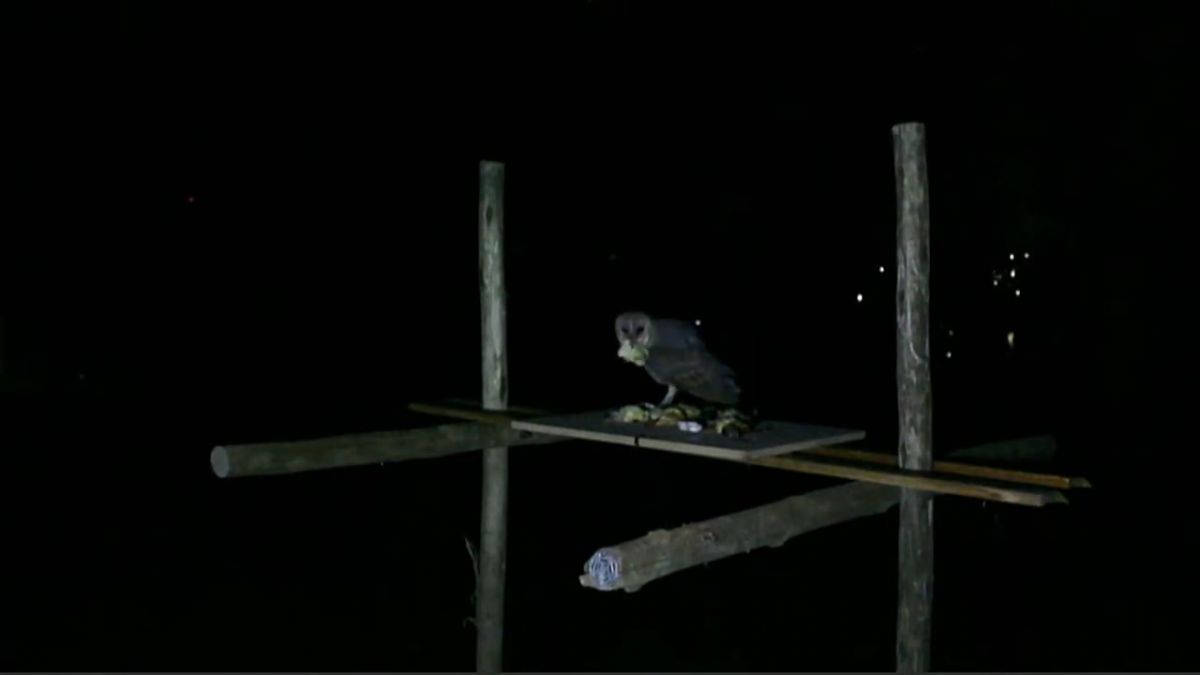
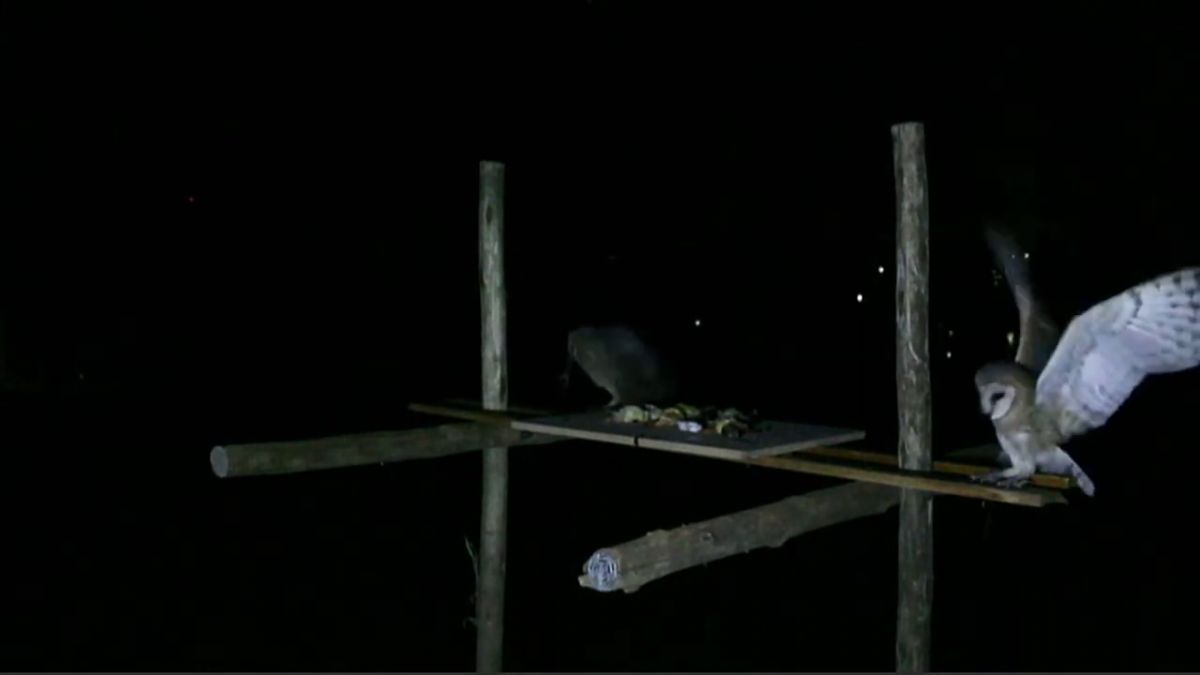
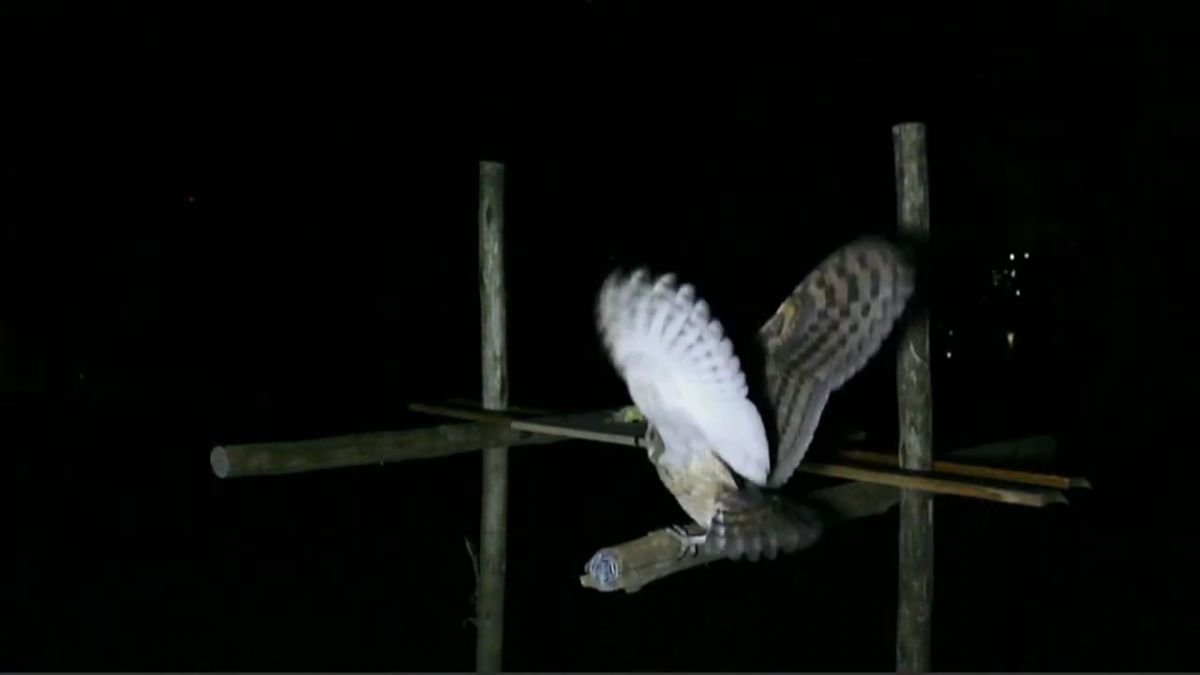
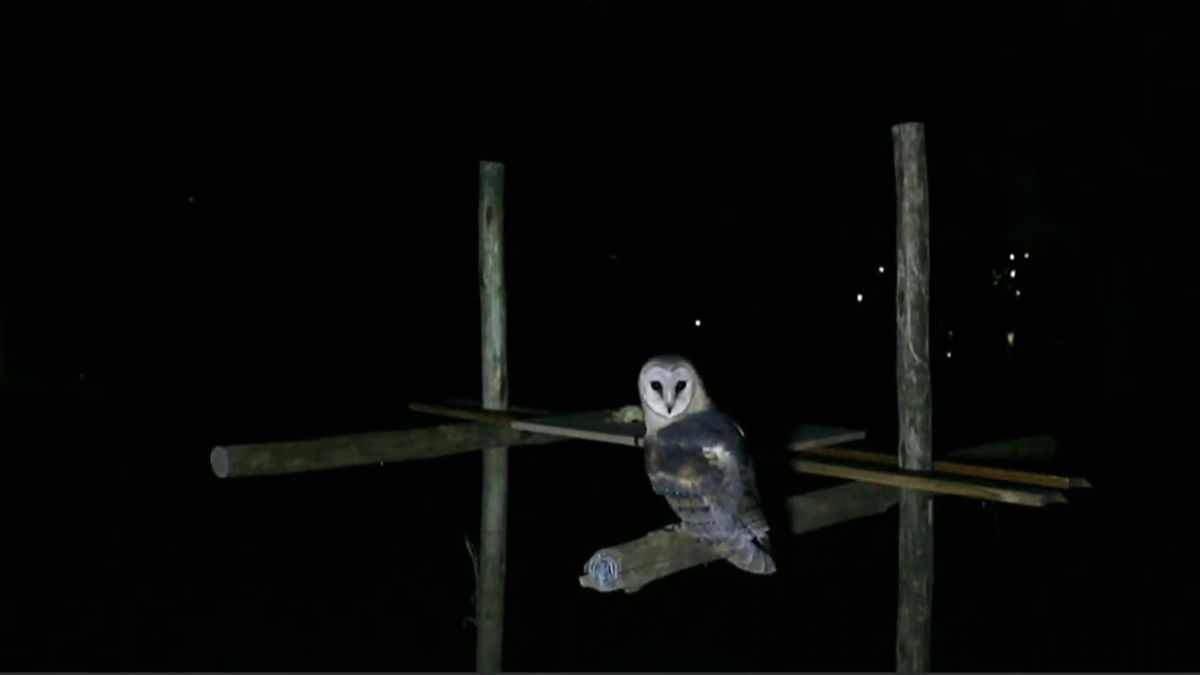
Above is a gallery of photographs of the Barn Owls from birth to some photos of them captured on the feeding cam at Saints .
Mark continued the support feed for the owls for a few days or weeks so that the owls can survive while they learn to hunt and fend for themselves. The Bundu Basher has set up a feeding platform and CCTV camera to view these owls feeding.
If you would like to view the feeding cam that was on site in the past months, tune in to The Bundu Basher YouTube channel www.youtube.com/c/TheBunduBasher . You will find previous feeding cams and other wildlife videos produced by The Bundu Basher on this channel. An example of one such video can be seen below.
The Bundu Basher is also on Facebook www.facebook.com/bundubasherTV and on Instagram @bundubashertv.
Owl feeding cam from Sunday 12 July 2020.






